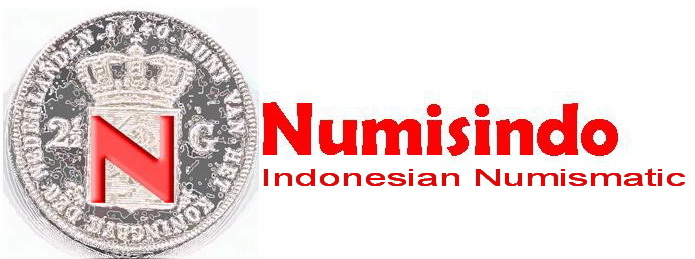China coin found in Java, Indonesia
In ancient, Merchants from China, Vietnam, Japan and Ryukyu
islands use huge junks to bring in cash coins in exchange of spices and rice
with Javanese people. Until nowadays there are so many coin found
in Java, especially East Java, usually the name of the coin is GOBOG.
This is a recent news that inform the founding of the
JAVA CASH CHINA COIN or GOBOG
A farmer in the village of Balong Gebang, Sub Gondang, District Nganjuk 1749 coins found in China. Thousands of coins buried in farmland were allegedly dating from 1700 AD.
The discovery of thousands of gold coins by Manirin (50), onion farmers are directly sensational local villagers. These coins suddenly sticking to the ground when the tip into the ground Manirin hoe. Uniquely, he himself had not noticed the existence of the coins stuck hoe.
"When the soil for planting onions, suddenly there was broken jars in the ground. Just beside there are so many pieces of dark metal," said Manirin.
Manirin himself had kept the discovery of these coins. With the help of his son, he kept the coins are up to 10 days. Yet somehow he suddenly decided to tell the discovery to the village and the local police yesterday. At that time it was news that historic discovery widely circulated to the Department of Tourism and Culture Nganjuk District.
Based on staff observations, the coin is bigger than Rp500 metal coins. In the center was a rectangular hole with China case 4 pieces of yellow around her. Yellow color on the edge of the coin and the letter is what makes people think of gold content in the metal. Moreover, according to some literature that coins contain valuable gold in it.
For identification of these coins it must be referred to David Hartill's Book, Cast Chinese Coins .
Based on staff observations, the coin is bigger than Rp500 metal coins. In the center was a rectangular hole with China case 4 pieces of yellow around her. Yellow color on the edge of the coin and the letter is what makes people think of gold content in the metal. Moreover, according to some literature that coins contain valuable gold in it.
For identification of these coins it must be referred to David Hartill's Book, Cast Chinese Coins .









